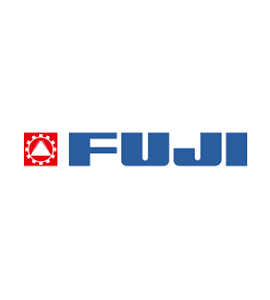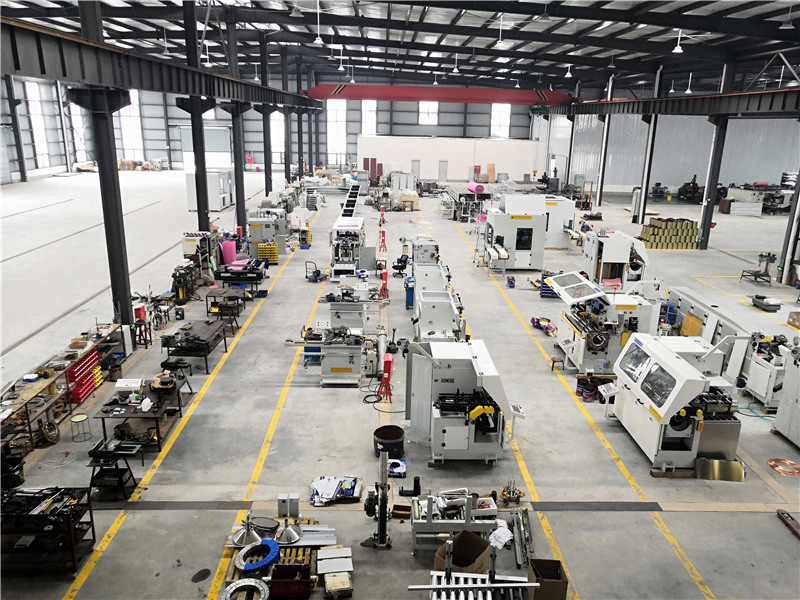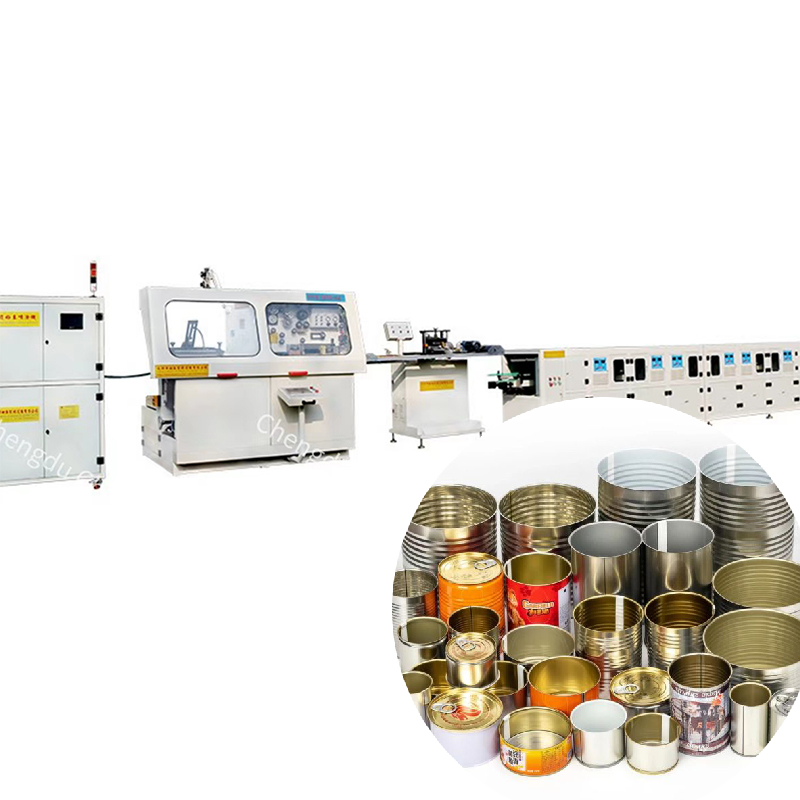Characteristics of Metal Packaging Container Processing Equipment
Overview of the Development of the Metal Sheet Can-Making Industry.
The use of metal sheets for can-making has a history of over 180 years. As early as 1812, British inventor Peter Durand obtained a patent for can-making. Modern can-making began in the late 19th century with the widespread availability of tinplate, following the invention of a bottom sealing method by German Mar Ams, which led to the widespread use of metal packaging containers.
With the rapid development of modern metallurgy, machinery, electronics, and chemical industries, various sectors have focused on improving and advancing can-making technology. This has driven the evolution of can-making processes from traditional seamed and soldered cans to two main directions: one is two-piece cans (including deep-drawn and thin-walled stretched cans), and the other is resistance-welded three-piece cans. These two types of metal cans differ in materials used, application scope, performance characteristics, process complexity, and equipment investment.

Two-piece cans are divided into two types: thin-walled stretched cans, which have thin walls and low rigidity, suitable for beverages; and deep-drawn two-piece cans, which are shorter in height and suitable for packaging fish or meat products. Complete equipment for two-piece cans is available, but it is complex, with specific requirements for processes, molds, and materials, and is expensive. It is only suitable for producing a limited variety but large quantities of cans. For small batch sizes with diverse can types, the equipment cannot be fully utilized, increasing the cost of empty cans. As a result, the development of two-piece cans has been relatively slow.
Resistance-welded three-piece cans were developed based on three-piece seamed soldered cans. They offer high strength, attractive appearance, lower equipment costs, quick returns, and, notably, no lead pollution. They are suitable for various types of canneries and beverage factories with diverse varieties and small batch sizes. Thus, resistance-welded three-piece cans have become a rapidly developing advanced can-making technology worldwide.
Chengdu Changtai Intelligent Can Making Equipment Co. focuses on can body welders. Its main equipment, eco-friendly three-piece can-making machines, includes both semi-automatic and fully automatic high-speed can-making machines. These are easy to operate, cost-effective, and suitable for small and medium-sized enterprises to start can-making operations. Chengdu Changtai owns advanced processing and production equipment, with a team of 10 professional R&D personnel, over 50 production and after-sales service staff, and an R&D manufacturing department that provides strong support for advanced research, production, and excellent after-sales service.

Equipment Classification and Application Scope
Resistance-welded three-piece can processing equipment can be classified in three ways:
By Can Body Size
(1) Large Can Equipment: Suitable for can body diameters of 99–350 mm.
(2) Small Can Equipment: Suitable for can body diameters of 52–105 mm.
By Automation Level
(1) Semi-Automatic Equipment: Processes such as forming, welding, coating, drying, flanging, and sealing are completed by individual machines.
(2) Fully Automatic Equipment: Processes such as forming, welding, coating, drying, flanging, and sealing are completed continuously and automatically.
By Welding Speed
(1) High-Speed Equipment: Welding speed greater than 25 m/min.
(2) Medium-Speed Equipment: Welding speed of 12–25 m/min.
(3) Low-Speed Equipment: Welding speed not exceeding 12 m/min.
To learn about the different welding speeds of Chengdu Changtai’s can-making equipment, please browse the three-piece can-making equipment catalog or contact us:
Email: NEO@ctcanmachine.com
Website: https://www.ctcanmachine.com/
TEL & WhatsApp: +86 138 0801 1206
International Status and Trends



Metal container processing machinery varies based on processing principles and techniques, with can-making machinery being particularly important. Advanced resistance welding can-making processes and corresponding equipment have been used abroad for over 40 years.
Current international trends in can-making machinery include:
(1) high productivity and full automation;
(2) microcomputer control, human-machine interaction, and fault display.
Leading international companies in metal container processing machinery include:
Switzerland’s SORDRONIC AG and FAEL, which produce fully automatic resistance welders for large and small containers, offering 8 series and 15 models;
Germany’s SCHULER, which produces resistance welders with semiconductor low-frequency rectangular wave power (LCS);
Japan’s FUJI and DIC, FujiMachinery Co., Ltd. is one of the world's leading packaging machine manufacturers that manufactures and designs packaging machines for foods, industrial products, medicines, etc.
Italy’s CEVOLANI, which produces flanging, bottom sealing, and other equipment for can-making production lines.
Chengdu Changtai Can Manufacture Equipment Co.,Ltd had made a big step forward by supplying good quality machinery as well as good quality materials with reasonable price for metal packaging industry all around the world.
Our Can reformer machine and can body shape forming machine are suitable for a wide range of applications, including parting, shaping, necking, flanging, beading and seaming. With fast, simple retooling, they combine extremely high productivity with top product quality, while offering high safety levels and effective protection for operators.
For any can making equipment and metal packing solutions,Contact us:
NEO@ctcanmachine.com
https://www.ctcanmachine.com/
TEL&Whatsapp+86 138 0801 1206

Post time: Jun-20-2025




